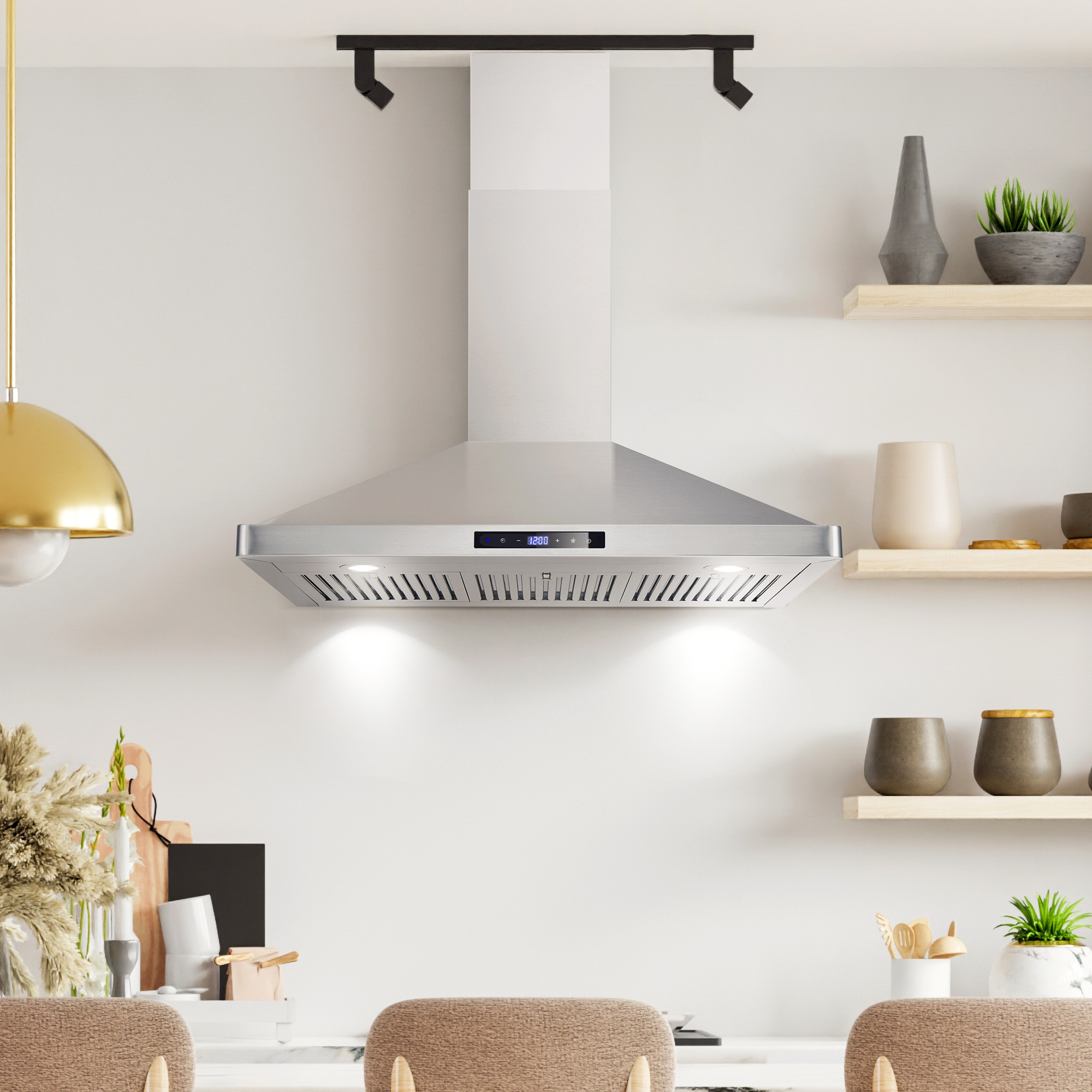Nutritional Comparison of Different Meats: Chicken, Beef, and Pork
When it comes to choosing the right meat for your meals, understanding the nutritional differences can help you make healthier choices that fit your dietary needs and preferences. Chicken, beef, and pork are three of the most commonly consumed meats worldwide, each offering unique nutritional profiles. In this blog post, we’ll break down the nutritional benefits and considerations of each type of meat to help you make informed decisions at the grocery store and in the kitchen. Chicken: Lean and Versatile Nutritional Highlights: Health Considerations: Beef: Rich in Iron and Zinc Nutritional Highlights: Health Considerations: Pork: Nutrient-Dense and Flavorful Nutritional Highlights: Health Considerations: When deciding which meat to incorporate into your diet, consider the following tips: Each type of meat—chicken, beef, and pork—offers its own set of nutritional benefits and considerations. By understanding these differences, you can make informed choices that align with your health goals and dietary preferences. Whether you’re looking to boost your protein intake, increase iron and zinc levels, or enjoy a nutrient-dense meal, there’s a meat option to suit your needs. Enjoy exploring the culinary possibilities and nourishing your body with these versatile protein sources!










